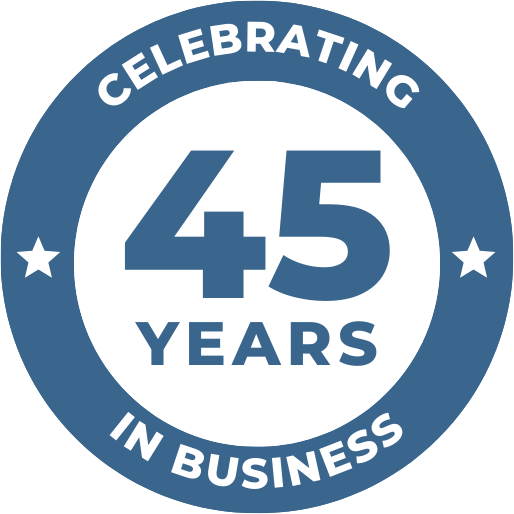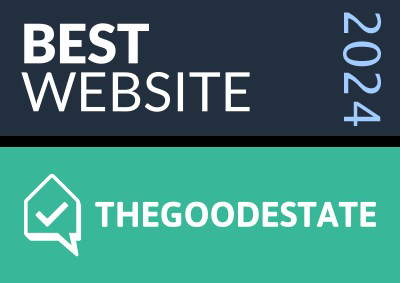Starting a business is an exciting journey, but it comes with numerous challenges, including the need for essential equipment. Whether you’re launching a restaurant, a construction company, or a tech start-up, obtaining the right equipment is critical to your success. However, purchasing equipment outright can be prohibitively expensive, especially for new businesses. That’s where equipment leasing comes in as an attractive alternative. Leasing allows you to access the tools you need without the hefty upfront costs, preserving your working capital for other crucial areas of your business.
Here’s a step-by-step guide on how to secure an equipment lease for your start-up business:
1. Assess Your Equipment Needs
Before you approach any leasing companies, it’s crucial to have a clear understanding of your equipment needs. Start by making a detailed list of all the equipment necessary for your operations. This could include anything from computers and office furniture to heavy machinery and vehicles, depending on your industry. Prioritize the items based on necessity and consider the specifications that are most important for your business.
2. Understand the Types of Equipment Leases
There are different types of equipment leases available, and understanding which one suits your business is key. The two most common types are:
Operating Leases: These are short-term leases, typically used for equipment that you plan to use for a limited time or that may become outdated quickly. At the end of the lease, you can return the equipment, renew the lease, or purchase it at a fair market value.
Capital Leases: Also known as finance leases, these are long-term leases where the lessee has the option to purchase the equipment at the end of the lease term, often for a nominal amount. This type of lease is suitable for equipment you intend to keep for a longer period.
3. Evaluate Your Budget and Financial Position
Leasing equipment involves regular payments, so it’s essential to evaluate your budget and financial position before committing to a lease. Determine how much you can afford to pay monthly without straining your cash flow. Keep in mind that while leasing can be more affordable upfront, it may cost more in the long run compared to purchasing the equipment outright. Review your start-up’s financial projections and ensure that the lease payments fit within your budget.
4. Research and Compare Leasing Companies
Not all leasing companies are created equal, so it’s important to research and compare different options. Look for companies that have experience working with start-ups and have a good reputation in your industry. Consider factors such as the lease terms, interest rates, flexibility, and customer service. Some companies may offer additional services, like maintenance and repairs, which could be beneficial for your business.
5. Prepare Your Documentation
Leasing companies will require a variety of documents to assess your creditworthiness and the viability of your business. Commonly requested documents include:
- Business Plan: A detailed business plan that outlines your business model, revenue projections, and how the equipment will be used.
- Financial Statements: Even as a start-up, you may need to provide financial projections, bank statements, and any available financial history.
- Credit History: Both your personal and business credit histories may be reviewed. If your start-up is new and lacks credit history, your personal credit score will be especially important.
- Equipment Details: Provide quotes or details about the equipment you wish to lease, including the cost and specifications.
6. Submit Your Application and Negotiate Terms
Once you have gathered all the necessary documentation, you can submit your application to the leasing company. Be prepared for some back-and-forth negotiation on the lease terms. Pay close attention to the interest rates, payment schedule, and any fees associated with the lease. Don’t hesitate to ask questions or request adjustments to the terms to better suit your needs.
7. Review the Lease Agreement Carefully
Before signing any lease agreement, review it thoroughly. Make sure you understand all the terms and conditions, including your obligations and the penalties for late payments or early termination. It might be beneficial to have a legal advisor or financial expert review the agreement to ensure that everything is in your best interest.
8. Plan for the End of the Lease Term
Finally, it’s important to have a plan for what happens at the end of the lease term. Decide in advance whether you intend to purchase the equipment, renew the lease, or return the equipment. Having a clear plan will help you make the best decision when the time comes.
American Receivable: Partnering for Your Success
At American Receivable, we understand that securing the right equipment is vital for the growth and success of your start-up. While we specialize in receivable financing, our commitment to our clients goes beyond just offering financial services. We care about your overall success and are here to provide guidance and support as you navigate the challenges of growing your business. Whether you’re seeking advice on leasing equipment or looking to improve your cash flow, our experienced team is dedicated to helping you achieve your business goals. Partner with American Receivable, and let’s build a brighter future together.
Jack Stieber jack@americanreceivable.com 972-404-4726
Julie Adams julie@americanreceivable.com 800-297-6652
Brad Gurney brad@americanreceivable.com 972-404-4726
Dakota Stieber dakota@americanreceivable.com 800-297-6652








